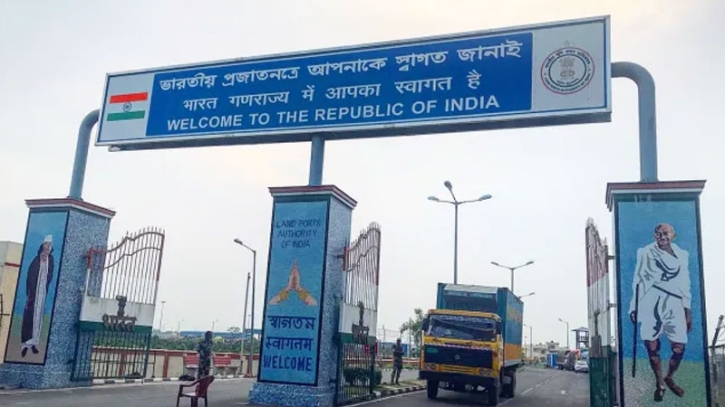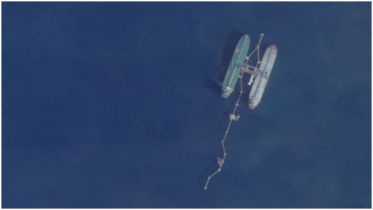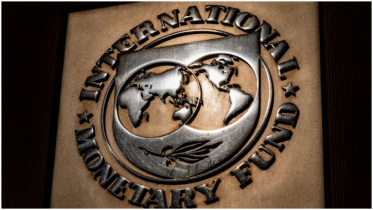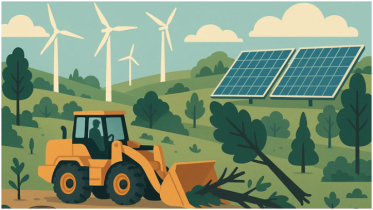Land Ports of India-Bangladesh Border

The commerce minister of Bangladesh, Tipu Munshi, called for increasing the capacity of land ports on the Bangladesh-India border on December 21.
He stated that India is a close friend and major trading partner of Bangladesh. He also reiterated the huge demand for Bangladeshi products in the Indian market. Bangladesh is now able to export international quality products at relatively low prices. For this reason, it is necessary to increase the capacity of the land ports on the India-Bangladesh border. To increase the capacity of the land ports along the India-Bangladesh border, the deadlock of land ports and the infrastructural development of these ports need to be addressed. If these things are not addressed seriously, the trade between these countries won’t bring much profit.
The deadlock at land ports due to the congestion of trucks is one of the major issues that need to be addressed to increase the capacity of land ports, especially from the Bangladeshi side. For example, the Benapole port remains the largest trading point between India and Bangladesh, and congestion remains a major concern. It is important to have a four-lane road that connects Benapole. Construction of a second cargo gate to some extent will help in faster clearance of cargo. Comparatively, Agartala-Akhaura has better facilities as it is connected to NH 8 through an arterial road. It is the second-largest land port. Transit trade is greatly challenged by the highway infrastructure in each of the countries. According to the World Bank, transport vehicles within Bangladesh have “an average speed of 19 kilometres an hour along main corridors”, indicating that the roads are congested. This is very much evident from the fact that the handling capacities of both Bangladesh and India across the Benapole-Petrapole border are asymmetrical. Parking mafias that operate near the border benefit from the delays in customs clearance for cargo loading and unloading. Moreover, not just Benapole can clear a few cargo trucks, but Bangladesh also prioritizes the clearance of containerized cargo of cotton fabric and truck chassis.
India and Bangladesh need to undertake trade facilitation measures that will greatly reduce current physical and nonphysical barriers to transportation and transit to boost two-way trade. It can be done by two means. Firstly, through both visible infrastructural development (i.e., connectivity infrastructure; railroads and waterways, land ports, water ports) and then through invisible infrastructural development (such as reformed policies, procedures, and regulations). These areas need special attention from policymakers and researchers in both Bangladesh and India
Infrastructural development in the land ports of Bangladesh also needs immediate attention. Though the Petrapole land port on the Indian side has been modernized, Benapole requires attention. Under the World Bank Bangladesh Regional Connectivity Project, infrastructure in three land ports in Bangladesh-Ramgarh, Sheola, and Benapole-is being developed, and Bhomra, Burimari, and Bholaganj are under consideration.
Both countries should emphasize administrative reform, governance, and security. Customs is an intrinsic element of India-Bangladesh’s cross-border movement of goods and services and has a significant influence on bilateral trade. Not only that, but customs also perform other important functions such as revenue collection and protection against dangerous goods. The time taken for the clearance of goods has an impact on the competitiveness of the products. So, India and Bangladesh should bring administrative reforms to both sides, in India and Bangladesh.
More areas that need reform are reducing the high transaction costs of exports and easing the complexity of cross-border trading procedures. Complex requirements in cross-border trade increase the possibility of corruption. For example, at the key border crossing point between India and Bangladesh, as many as 1,500 trucks queue on both sides of the border, with waiting times varying between one and five days to complete documentation requirements. Expediting customs clearance procedures reduces the discretionary power of customs officials, thus reducing the scope for corruption. Efficient, friendly, and corruption-free customs can help boost trade and investment.
Increasing the capacity of the land ports along the India-Bangladesh border is very crucial for bilateral trade relations, especially for CEPA. And for getting the maximum benefit from CEPA, trade liberalization is a necessary condition, but not a sufficient one. To achieve any substantial progress in bilateral and regional trade between India and Bangladesh, the utmost priority should be given to developing infrastructure facilities. Added to this, complementary policy reform in the transport sector, accompanied by improved procedural and operational efficiency, is essential to increasing the capacity of land ports along the India-Bangladesh Border. In turn, these policy reforms will facilitate bilateral trading systems and economic cooperation under CEPA.
Source: Daily Times
.png)




